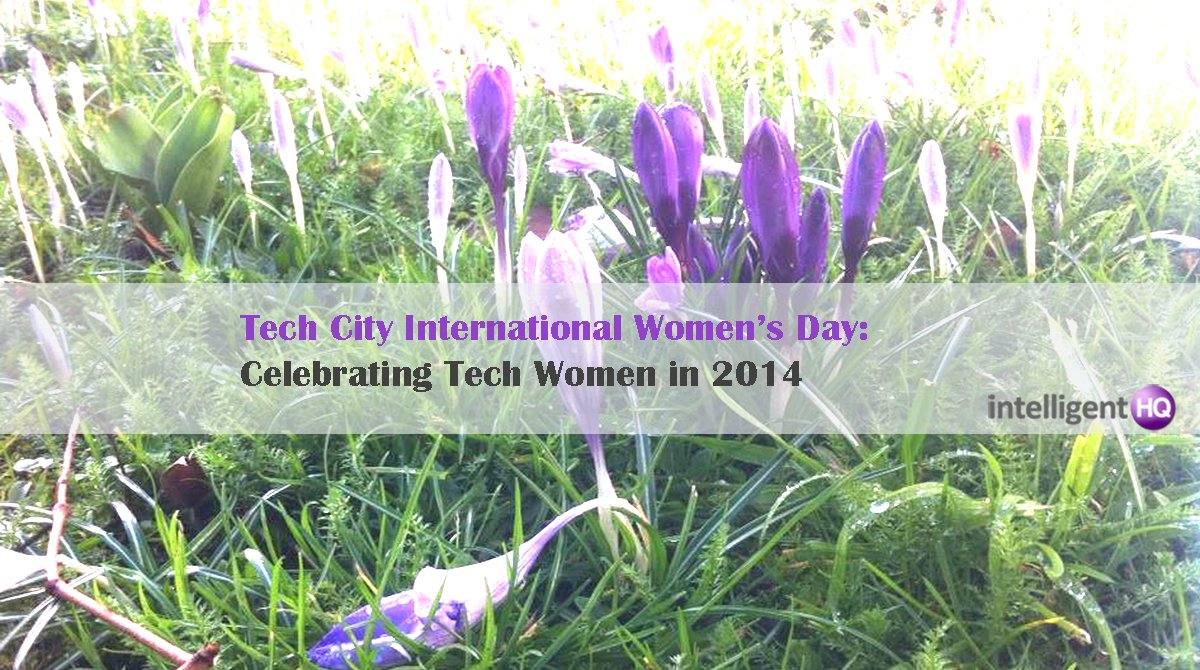
Creativity is not news. In the UK and globally, the creative industries are now well-established as both a reference and a sector, albeit a fragile one marked by precarious employment. It is nearly eight years since creativity was described, ironically, as ‘a wonderstuff for transforming workplaces into powerhouses of value'[1. Ross, A. 2008. The new geography of work: power to the precarious? Theory, Culture and Society, 25(7–8), 31–49.], yet the potency of the term is undiminished. People continue to aspire to fulfill their creative potential, enter creative occupations, do creative work and produce creative outputs, live creative lives.
The inevitably positive valuing attached to creativity is facilitated by the absence of any agreed definition beyond a very general reference to novelty and making (‘creating’); this imprecision makes the concept difficult to examine critically. In addition, creativity carries many, sometimes contradictory associations: with individual vocation and national economic policy, a special innate talent and a universal human capacity, outstanding excellence and potential relevance for almost any field of activity. To understand how these various aspects became linked, it will be useful to review developments in the US and UK over the last half century, including the contributions of psychologists.
One of the best known psychological accounts of creativity is that of Mihaly Csikszentmihalyi[3.Bruner, J. (1962) cited in Amabile, T.M. 1983. The social psychology of creativity: a componential conceptualization. Journal of Personality and Social Psychology, 45(2), 357-76, Page 359.]. He describes an individual experience of creativity, ‘flow’ which involves concentration and total involvement. This is the state, he claims, in which people are happiest. Social psychologists like Teresa Amabile [4. Amabile, T.M. 1983. The social psychology of creativity: a componential conceptualization. Journal of Personality and Social Psychology, 45(2), 357-76.] have given more attention to definitional criteria which enable an external observer to identify creativity in action. Amabile proposes, for example, that a product or solution is creative if it is useful, appropriate and novel, the last quality being indicated by an element of ‘surprise'[5.Csikszentmihalyi, M. (1990). Flow : the psychology of optimal experience (1st ed. ed.). New York: Harper & Row. ISBN 9780060162535.].
It is noticeable that both of these accounts democratise creativity, assuming that it functions within a wide range of fields and activities. Amabile cites chess playing as one example. This contrasts with more conventional links to the elite fields of ‘high culture’ – the arts, music and literature. In addition, in the accounts of these psychologists creative behaviours or practice are not tied to the figure of an exceptionally inspired and gifted individual (‘a romantic myth'[2. Becker, H., (1982), Art Worlds, Berkeley, CA: University of California Press. Page 14.] ). Instead, there is an assumption that anyone’s creative behaviour can be promoted or encouraged, to some extent at least, for instance, through education and training to develop the required skills and ‘cognitive style’.
Sociocultural psychologists have departed further from the romantic image of the creative practitioner by challenging its individual focus. The simplest version of their position is an argument for the benefits of collaboration. For example, Vera John-Steiner [6. John-Steiner, V. (2000). Creative Collaboration. New York: Oxford University Press.] notes that by working together people can either combine their different ideas (‘synthesis’) or, if agreement is not possible, stimulate their thinking through ‘productive conflict’. More subtly, sociocultural psychology argues that the creative unit itself is relational. Even a seemingly solitary creative practitioner engages with others, for instance by drawing on previously encountered ideas, and addressing anticipated audiences or users of new outputs.
Keith Sawyer [7. Sawyer, R.K. (2003) Group Creativity: Music, Theatre, Collaboration. Mahwah, New Jersey: Lawrence Erlbaum Associates; Sawyer, R.K. (2007). Group Genius. New York: Basic Books.] expands on the notion of creative collaboration using the model of improvisational theatre (demonstrated in the well-known tv show Whose line is it anyway?). Sawyer notes that an improvised performance is the novel outcome of actors working together, with no single person controlling or directing the group. The creative process occurs in the interactions between actors, rather than in any individual. Moreover, the process is open-ended; no one involved knows quite where the improvisation is going. In Sawyer’s term, the example illustrates that creativity is ’emergent’, unfolding unpredictably in directions that cannot be foreseen or controlled in advance, although a retrospective view may reveal some connections and pathways (‘he leans back like someone lying down, so she takes up the role of a hospital doctor of speaking to a patient on a stretcher’..).
This of course contrasts with the factor models developed in many other areas of psychology (including Amabile’s work). Such models link particular factors with desired outcomes, including practical applications. Emergence suggests that this kind of prediction and control is not possible because situations, lives and society are all continuously changing in unforeseeable ways, and the past does not provide a pattern for the future. Nevertheless, Sawyer has suggested that a sociocultural conceptualisation of creativity can sometimes have practical applications, citing for example, the use of group creativity to develop ideas for new commercial products.
The psychological study of creativity originated in the USA in the 1960s and 70s [8.Amabile, T. and Pillermer, J. (2012) Perspectives on the Social Psychology of Creativity The Journal of Creative Behavior, 46, (1): 3–15.]. One critical argument, by Jamie Cohen-Cole, links it to a then-prevailing view of creativity as ‘a useful, productive, social trait’[9. Cohen-Cole, J. (2009) ‘The Creative American: Cold War Salons, Social Sciences and the Cure for Modern Society, ISIS 100; 219-262. Page 241.] which could also support democracy!
In that Cold War context, the perceived threats of authoritarianism and Communism were both associated with conformity, rigidity, a lack of autonomy and the failure of people to think for themselves. In contrast, the American style and way of life were assumed to be characterised by freedom of thought and diversity. However, there was a fear that too much freedom and diversity might undermine any possibility of unity, threatening American democracy. The perceived solution was to cultivate creative individuals who would be sufficiently flexible and adaptive to avoid extremes. In short, creativity was ‘taken to be interchangeable with autonomy, rationality, tolerance and open-mindedness’[10. Cohen-Cole, J. (2009) ‘The Creative American: Cold War Salons, Social Sciences and the Cure for Modern Society, ISIS 100; 219-262. Page 219.].

In an interesting twist, those positive qualities were not equated with genius which was regarded as possibly too autonomous, with ‘antisocial connotations’[11. Cohen-Cole, J. (2009) ‘The Creative American: Cold War Salons, Social Sciences and the Cure for Modern Society, ISIS 100; 219-262. Page 237.]. Genius was understood to be innate and probably inherited whereas creativity, it was assumed, could be taught and nurtured. As Cohen-Cole puts it, ‘Articles on genius appeared in eugenics journals, while articles on creativity appeared in the Journal of Engineering Education’ [12. Cohen-Cole, J. (2009) ‘The Creative American: Cold War Salons, Social Sciences and the Cure for Modern Society, ISIS 100; 219-262. Page 237-8.]. Despite this caution, there was even an official view that abstract expressionist art demonstrated a ‘pure’ creativity which exemplified the freedom of American life, prompting the CIA to fund European exhibitions of the work of Jackson Pollack.
Another critical account, by Sarah Brouillette,[13. Brouillette, S. (2013). Cultural work and antisocial psychology. In Banks, M., Gill, R. & Taylor, S. (Eds) Theorizing Cultural Work: Labour, continuity and change in the cultural and creative industries (pp. 30-43). London and New York: Routledge.] suggests that in approximately the same period, a link was proposed between creativity and economic prosperity. Psychologists studying work suggested that in the future American industry would require creative innovators. The ideal for the innovative future worker was a creative non-conformist who would defy social norms in search of fulfillment or self-actualization, and be able to live with uncertainty. The model here was the previously rejected romantic image of the individual artist or creative practitioner. The image itself probably derives from biographical accounts of 19th century European painters, devised by art dealers to encourage sales [14. White, H. and White, C., (1965 [1993]), Canvases and Careers: Institutional Change in the French Painting World, Chicago and London: The University of Chicago Press.]. Brouillette argues that, taken up in psychology, it came to be associated with workplace success, later informing the work of management ‘gurus’ like Tom Peters.
In the UK, creativity became a focus for the New Labour governments of 1997 to 2010. They named and celebrated a separate new sector, the ‘creative industries'[15. Department for Culture, Media and Sport , (2001), Creative Industries Mapping Document, London: HMSO.], which supposedly generates wealth for the UK economy out of the ‘individual creativity, skill and talent’ of its workers. This celebration has continued, with variants, through the UK’s subsequent Coalition and Conservative governments, for instance, in the continuing rhetoric around ‘Creative Britain’.
However, since 2008, a different relation can be seen between creativity and contemporary work and employment. According to a 2015 ILO report, in advanced economies like the UK there has been a general shift in almost all sectors ‘away from the standard employment model, in which workers earn wages and salaries in a dependent employment relationship… have stable jobs and work fulltime’ to ‘own-account work and other forms of employment outside the scope of the traditional employer-employee arrangement’[16. International Labour Organisation (2015) World Employment and Social Outlook: The changing nature of jobs, International Labour Organisation, Geneva.]. In short, more people are precariously employed, working freelance, self-employed or in their own small businesses. In 2014, approximately one in seven UK workers were in this position [17. D’Arcy, C. and Gardiner, L. , (2014), Just the job – or a working compromise? The changing nature of self-employment in the UK, Resolution Foundation.]. One positive view would be that these people are entrepreneurs, positioned on an upward trajectory towards success and business expansion.
A more critical view, supported by evidence of long hours and low earnings, is that many of these workers remain on the economic margins, subsisting but not flourishing [18. Taylor (2015), S. ‘A new mystique? Working for yourself in the neoliberal economy’ The Sociological Review, 63:SI, pp. 174–187, DOI: 10.1111/1467-954X.12248.]. For these people, whatever their fields of work, creativity potentially offers a positive interpretation of a precarious working life. Lacking employment security and financial reward, they can instead claim the satisfactions of freedom, the opportunity to follow their own interests, and an escape from ordinariness.
Driven by the creative practitioner’s ‘love of the work'[19. Taylor, S. and Littleton, K. (2012) Contemporary Identities of Creativity and Creative Work Farnham, Surrey: Ashgate. Page 111.], they have a rationale for working long hours and blurring the boundaries between work and leisure time activities; their immersion in their work is justified both by personal interest and the open-ended creative process. Even the difficulties of working from home can be interpreted more positively, through the romantic image of the studio or workshop as the life/work space of the creative professional [20. Bain, A. , (2004), ‘Female artistic identity in place: the studio’, Social & Cultural Geography, 5 (2): 171-193.].
In short, it can be argued that at the current point in the history reviewed here, the concept of creativity finally serves workers rather than politicians and policy makers, offering a different understanding of work and working lives in the circumstances of post-Fordism and the long post-2008 economic downturn. A critical view might connect this understanding to false consciousness and self-exploitation [21. McRobbie, A. (1998) British Fashion Design: Rag trade or image industry? London and New York: Routledge. Page 103.] but a more positive interpretation is that creativity offers a ‘normative rationale'[22. Sayer, A. (2005) The Moral Significance of Class Cambridge: CUP. Page 6. ] for a different life-work relation and therefore a positive means of managing work in a changed employment landscape. More evidence is required before either claim can be accepted.
Stephanie Taylor is a Senior Lecturer in Social Psychology at the Open University. She has researched and written about creativity and creative work for more than a decade, following her interest in identity and gender. She is the author, with Karen Littleton, of ‘Contemporary Identities of Creativity and Creative Work’ (Ashgate, 2012), based on research projects with people who entered creative careers through their study at London art colleges. Other recent books are ‘Gender and Creative Labour’, co-edited with Bridget Conor and Rosalind Gill (Wiley-Blackwell, 2015) and ‘Theorizing Cultural Work: Labour, Continuity and Change in the Creative Industries’, co-edited with Mark Banks and Rosalind Gill (Routledge, 2013). Her current research is with people who work for themselves – for instance, self-employed, freelance or running their own businesses – in creative fields or areas of work which utilise their creativity. In another strand of her research, Dr Taylor has investigated the importance of our connections to place in affluent societies, like the UK, in which it is usual to change residence. This is discussed in her book ‘Narratives of Identity and Place’ (Routledge, 2010). She has published best-selling textbooks and numerous academic articles. Her research is cited worldwide, in several languages. Dr Taylor studied in New Zealand and UK universities and received her doctorate in 1997. She is a committed teacher, reaching thousands of students through her extensive contributions to Open University distance teaching programmes in psychology, social sciences and research methods, and also leading many successful small-scale workshops for postgraduates in universities in Finland, Switzerland, Ireland, Turkey and the UK.






























